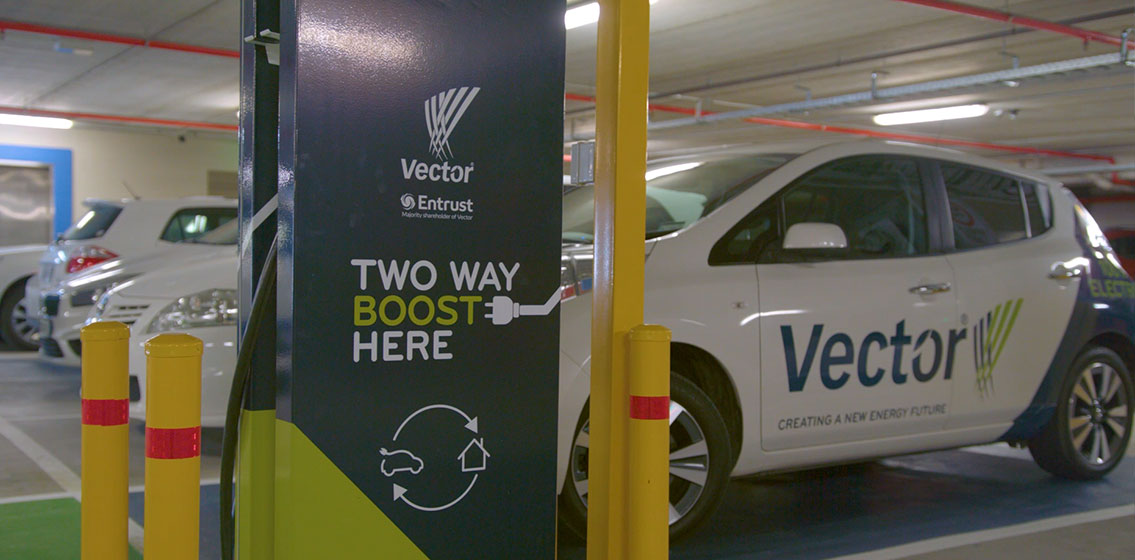The 395 new EV sales in the first six months of the New Zealand vehicle market this year is being seen as a precursor to the NZ government estimating that by 2021, the EV population will be 64,000 units.
It is based on what the government is describing as incredible growth. Since last year, the EV fleet has surged by 148 per cent. The NZ ministry of transport expects EV sales to almost double this year, and it expects that in the 2019 calendar year, there will be 11,000 sales. By 2040, it estimates EVs will represent 40 per cent of all the vehicles on its roads.
NZ gas and electricity distribution company Vector Ltd last week said it had 66,000 charging sessions across its network in the 12 months to June 2018, compared with 22,700 sessions in the previous year.
It said there were 590 megawatt hours of electricity consumed from its 18 charging stations during the latest 12 month period “which is enough energy to drive your average EV to France and back 87 times (at the speed limit, and as the crow flies).”
Vector said these 66,000 charging sessions “have saved 639,000 kilograms of CO2 emissions from entering the atmosphere”.
Vector chief executive Simon Mackenzie said: “Some experts believe the total cost of ownership of EVs is already below that of petrol cars, so these trends are only heading in one direction.

“While this is great news for the environment, there is still a lot of work to do as an industry to ensure New Zealand’s electricity infrastructure can handle the surge in demand for clean electricity to power our transport industry.”
NZ gains 57 per cent of its electricity from hydro, 21 per cent from thermal and 15 per cent from geothermal.
The average cost of electricity is NZ29 cents (A26.5c) per kilowatt hour, compared with A27.5c/kWh in Victoria; A29c in Queensland, A33c in NSW and A44c in South Australia.
In addition to low energy costs, EV owners in NZ enjoy no user charges and have other initiatives to reduce ownership costs.
To further boost EV use, Vector has started trialing the V2G two-way EV charger that transforms EVs into mobile power sources.
The company said that this technology “has the potential to smooth out the growing impact EVs will have on our peak electricity demand, while also giving people energy reserves on demand, greater flexibility and an alternative to using energy from the grid”.
Bloomberg’s Electric Vehicle Outlook report this month said that its forecast is for EV sales to increase globally from 1.1 million in 2017 to 11 million in 2025 and then surging to 30 million in 2030 “as they become cheaper to make than internal- combustion-engine cars”.
Bloomberg said that China will lead this transition with its sales accounting for about 50 per cent of the global EV market in 2025.
Bloomberg’s Electric Vehicle Outlook report said that:
- By 2040, 55 per cent of all new-car sales and 33 per cent of the global fleet will be electric.
- China is and will continue to be the world’s biggest EV market through to 2040.
- From 2024, EV prices will be competitive and be equal to other vehicle types by 2029.
- Electric bus sales will be faster than light-duty EV sales.
- Using electricity will reduce fossil fuel demand by 7.3 million barrels a day in 2040.
By Neil Dowling













 Read More: Related articles
Read More: Related articles

